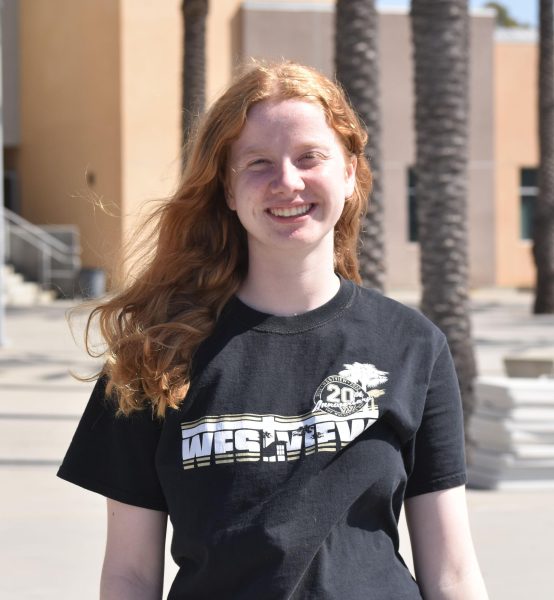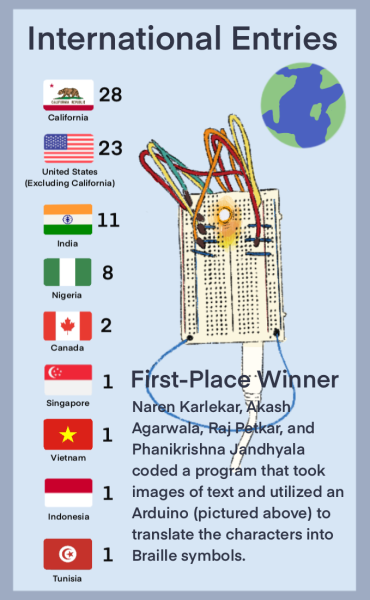
The SWENext club hosted its first-ever hackathon, Feb. 23. The three-day event challenged coders to make an app, game, or program that addressed one of the United Nations’ 17 Sustainable Development Goals, like reducing inequality, ending poverty, or spurring climate action.
Event organizer and co-president of SWE Breanna Thayillam (11) said that participation exceeded what was initially expected of the event.
“It turned out to be a much bigger success than we expected because we got [76] participants from eight different countries,” Thayillam said. “More than half of them were first-time coders and were new to hackathons.”
As one of the branches of the national Society of Women Engineers (SWE), SWENext partnered with the larger San Diego SWE to bring about this event. They also reached out to businesses to provide prizes such as gift cards that coders could win if their projects were ranked highly.
In the beginning, Thayillam said the idea for the hackathon was a more local, Westview-based competition.
“It started as a smaller ‘let’s just try to get more people interested in coding’ type-idea,” she said. “But we made a list of a bunch of organizations, like SWENexts across the country, and emailed schools’ teachers, organizations, and honestly just anyone we could get it out to.”
In this year’s event, the first-place winner created a program that could translate printed words into Braille text for the blind, addressing the UN’s “reduced inequality” goal.
“They incorporated an Arduino [a programmable circuit board] to analyze images of text,” Thayillam said. “They then took the images of that text and turned it into LED lights that showed the Braille symbols for those words.”
The second-place winner designed an app to help find abducted or lost children, in the category of “peace, justice, and stronger institutions.”
“[The submission was called] ‘Rescue,’ an app where you could report missing people,” event co-organizer Jessie Bao (11) said. “They used AI technology so that you [could] compare two faces and [the app] would [give an] 80% match.”
The hackathon was judged by three professionals who looked at all 80 submissions and ranked them based on different factors.
“We had two judges who are researchers at a UCSD lab and one working as a front-end engineer,” Thayillam said. “We had them look through the projects and rate each one based on innovation, impact, and presentation.”
Thayillam and Bao said they drew inspiration from hackathons they had attended.
“We went to a bunch of online hackathons and realized [they] were getting us to think about how our code can impact other people,” Bao said. “We wanted to do that as well.”
Bao said that the hackathon was meant to inspire others to use their code for community betterment and to expose new coders to the world of programming.
“We kind of wanted to see how [code] can have a social change, help your community more, and give coders a starting point, [possibly making them] more interested in going forward in a certain field,” Bao said.
Hoping that participants will take their submissions and work on them further, Thayillam said she thought that these projects could make an impact on society.
“We are trying to encourage our participants to go further with these projects, rather than just ending right there,” Thayillam said. “Like our judges also said, these projects had a lot of impact and potential. And it’s really great seeing how these new coders are able to develop this in just three days. I thought that was pretty impressive.”


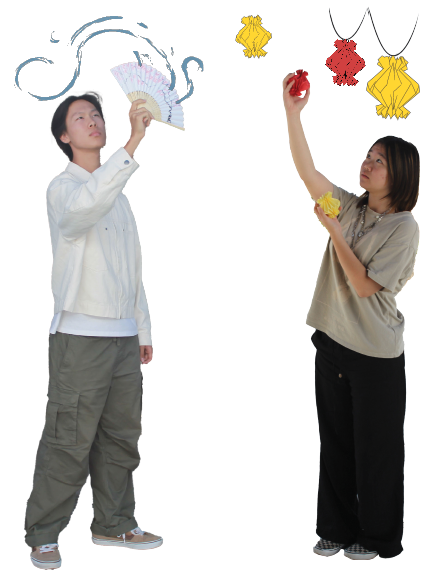
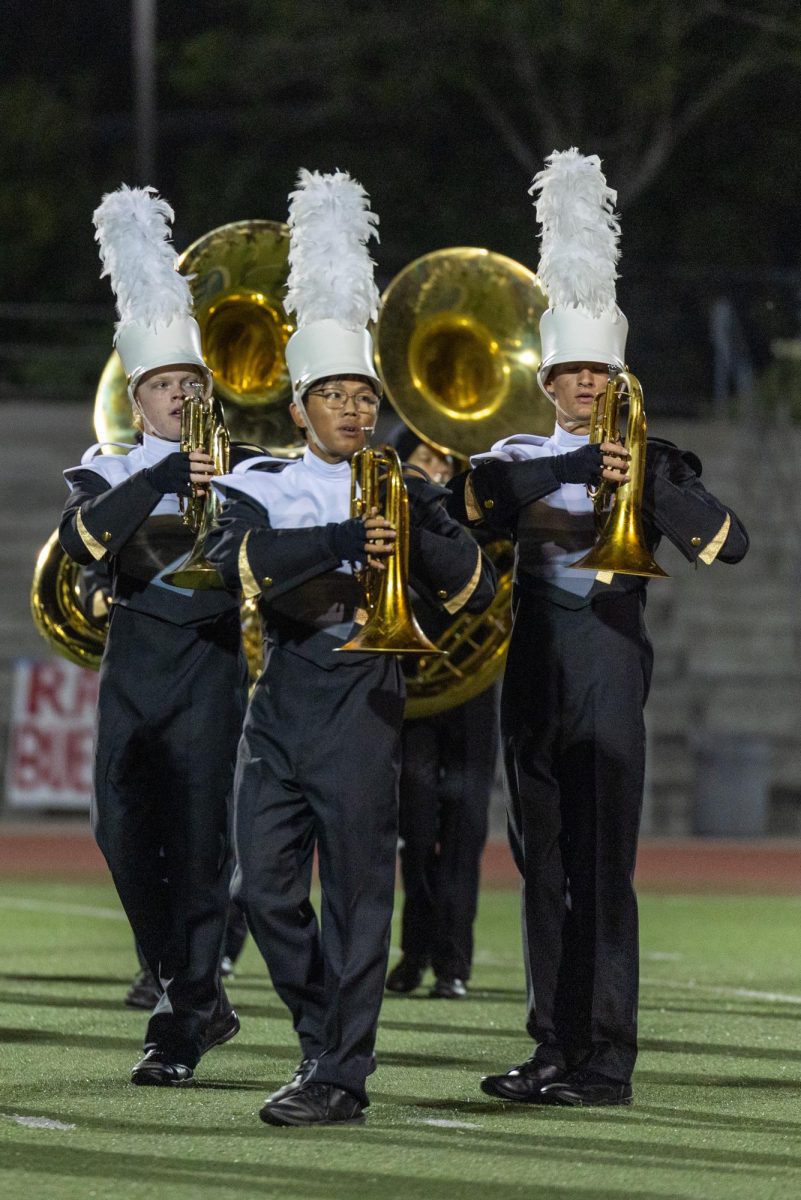
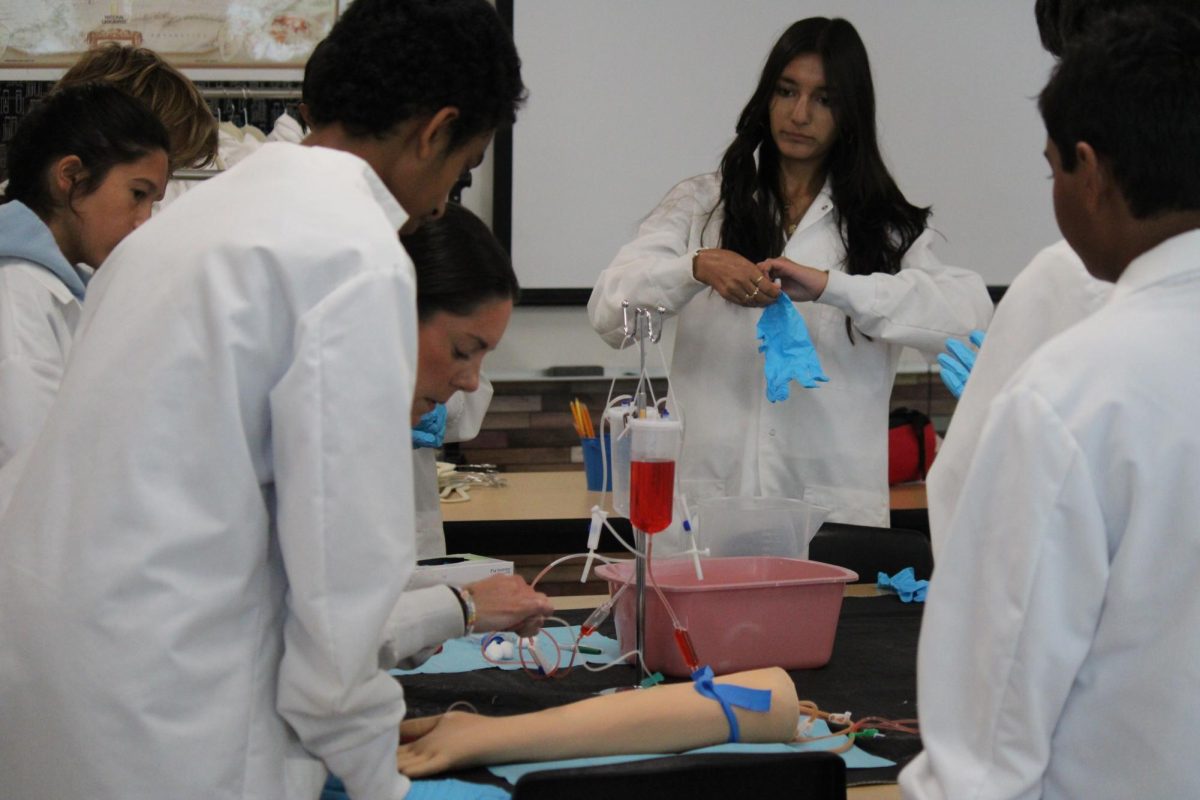
![Siddhi Bhavsar (10) [left] and Riddhi Bhavsar (10) [right] carry the NJROTC flag, Sept 13. The annual Poway Rotary Parade gave the unit the chance to represent Westview.](https://wvnexus.org/wp-content/uploads/2025/09/DSC00628-1200x900.jpg)
